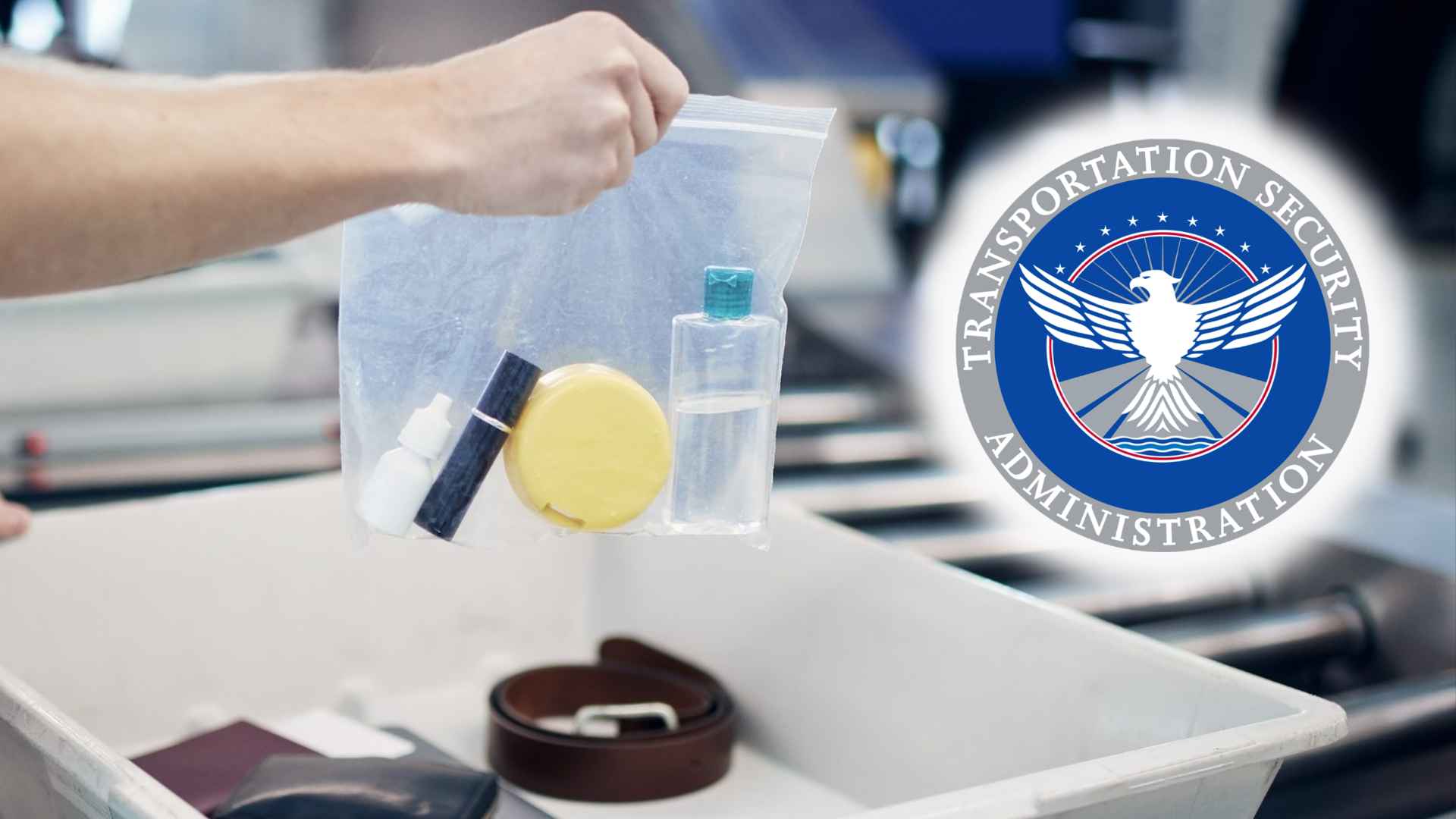The 100‑milliliter cap that has frustrated fliers since 2006 remains in force even as new scanners promise relief, leaving travelers to juggle tiny bottles a while longer.
The Transportation Security Administration has confirmed that its famous 3‑1‑1 limit on carry‑on liquids will keep ruling the security line until nationwide installation of next‑generation CT scanners—likely well into the 2030s. Who wins and who loses under the hold‑over? In short, every passenger still needs those quart‑size bags, yet tech advances mean change is (slowly) coming.
Why the TSA 3‑1‑1 liquid limit still holds strong today despite mounting traveler frustration
Born after an attempted liquid‑explosives plot in 2006, the rule caps individual containers at 100 ml (3.4 oz), restricts them to a single clear quart bag, and allows one bag per passenger. Less volume equals less risk—and quicker inspections on legacy 2‑D X‑ray machines.
Ever wondered why even peanut butter is included? Anything that spreads, squirts, or sloshes counts as a potential threat, the agency says. Before you scroll on, here’s a quick snapshot of the basics:
| Requirement | Current limit | Why it matters |
|---|---|---|
| Size per container | 100 ml / 3.4 oz | Keeps any single liquid threat small |
| Bag type | One resealable quart‑size | Lets agents pull everything at once |
| Bags per traveler | One only | Speeds the queue for everyone |
New CT scanners could loosen the 3‑1‑1 squeeze, but a coast‑to‑coast rollout may take until 2040
CT machines generate 3‑D images that can distinguish harmless lotion from a risky mixture in seconds. A handful of major U.S. airports already wave larger toiletries through dedicated lanes, yet the nationwide fleet upgrade involves thousands of lanes and billions of dollars. So, is relief really on the horizon? Yes—just not for your next summer vacation. Here yo have the exemptions to the liquid limit that you can still pack without tossing at the checkpoint so, before resigning yourself to travel‑size everything, check these built‑in exceptions:
- Prescription liquids, gels, and aerosols with a name‑matching label
- Infant formula, breast milk, and baby food in reasonable quantities
- Medically necessary ice packs, IV bags, and syringes
- Duty‑free purchases sealed in tamper‑evident bags for immediate connecting flights
Keep them separate and declare them; officers can swab rather than open them, saving time.
Tips to sail through security while you wait for bigger changes to arrive nationwide
First, label reusable 100 ml bottles, so officers see volume at a glance. Second, stash your quart bag in an outer pocket; many delays start with passengers digging at the belt. Third, check your departure terminal—some already allow full‑size liquids if you use the CT lane. Finally, group medications and baby items together and mention them early; agents often offer an alternate screening path.
The 3‑1‑1 rule is living on borrowed time, but it’s not gone yet. Until high‑resolution scanners replace every old X‑ray machine, smart packing—and a bit of patience—remain your best allies. Ready for the day you can toss full‑size shampoo into your carry‑on? Hang tight; that day is coming, just not tomorrow.

